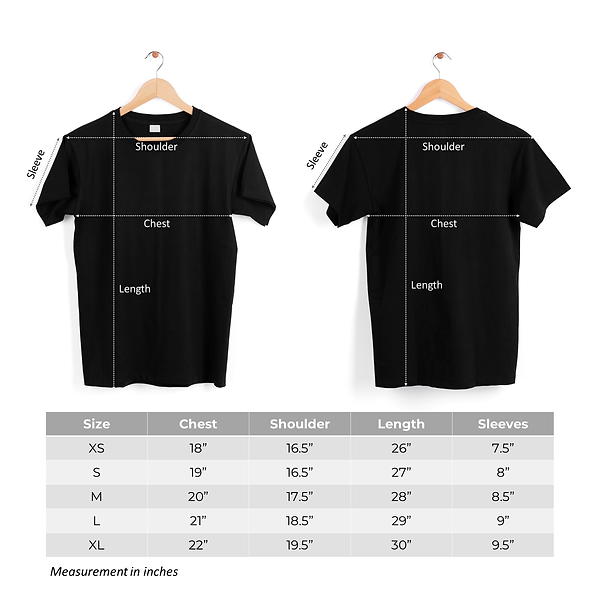Exploring Differences Among Christian Denominations
This article examines the distinctions and commonalities among Baptist, Catholic, Judaism, and Orthodox beliefs to better understand the diversity within Christianity.
Key Takeaways
- Christian denominations like Baptist and Catholic differ in baptism and salvation doctrines.
- Judaism and Catholicism share monotheistic beliefs but differ in rituals and theology.
- Orthodox, Protestant, and Catholic views vary on the Trinity, Messiah, and worship practices.
- Respecting differences while acknowledging shared faith in Jesus Christ is essential.
- Studying denominational beliefs deepens understanding of Christian diversity.
Comparison of Baptist and Catholic Beliefs
Core Beliefs and Practices
Baptists emphasize believer’s baptism, a symbolic act following personal faith in Jesus Christ, while Catholics practice infant baptism as a sacrament cleansing original sin and initiating membership in the Church community.
Salvation in Baptist theology occurs by faith alone with assurance of eternal security, whereas Catholics view salvation as a lifelong process involving faith, repentance, sacraments, and freedom from mortal sin.
Baptist churches prioritize local autonomy; the Catholic Church follows a hierarchical structure led by the Pope.
Differences in Baptism
- Baptists: Baptism follows a personal confession of faith and is performed by immersion.
- Catholics: Infant baptism is a sacrament that incorporates individuals into the Church and initiates salvation.
Salvation and Faith
Baptists believe salvation is immediate upon faith in Christ, without need for works or rituals, rejecting concepts like Purgatory. Catholics see salvation as cooperative with grace, requiring faith, sacraments, and good works, with salvation potentially lost and regained.
Church Structure
- Catholic Hierarchy: Pope, cardinals, archbishops, and bishops govern the Church globally.
- Baptist Model: Each congregation is self-governed emphasizing the priesthood of all believers.
Similarities Between Judaism and Catholicism
Belief in One God
Both traditions uphold strict monotheism, with Judaism emphasizing the unity of God and Catholicism expressing this through the Trinity doctrine.
Study of Sacred Texts
Judaism centers on the Torah, while Catholicism includes both the Old Testament and the New Testament, each interpreting scripture through different authorities.
Differences in Belief Systems
- Trinity: Central in Catholicism but rejected in Judaism.
- Messiah: Catholics believe Jesus is the Messiah; Judaism awaits a future Messiah.
Practices and Rituals Across Traditions
Catholics observe rich liturgical traditions including the Eucharist and sacraments; Protestants emphasize Scripture and prayer; Orthodox Christianity blends mysticism with ancient rites such as the Divine Liturgy.
Understanding Orthodox, Protestant, and Roman Catholic Differences
Nature of God
All three traditions affirm the Trinity but differ in theological emphases: Orthodox highlight the mystery and unity (perichoresis), Protestants focus on personal relationship with God, and Catholics combine Scripture, tradition, and magisterium.
Beliefs About the Messiah
The Trinity doctrine identifies God as Father, Son (Jesus Christ), and Holy Spirit, with variations in expression across denominations but shared core beliefs about Jesus’ divine role and mission.
Concept of the Trinity
This foundational doctrine is central to Christian theology, describing one God in three persons, expressed mystically in Orthodoxy, scripturally emphasized in Protestantism, and doctrinally defined in Catholicism.
Practices and Rituals
- Catholics celebrate sacraments such as Baptism, Confirmation, and Eucharist.
- Protestants focus on personal Bible study and prayer.
- Orthodox emphasize icons, liturgy, and mysticism.
Conclusion
While Christian denominations share foundational beliefs such as monotheism and sacred texts, they diverge on critical doctrines like salvation, the Trinity, and rituals. Recognizing and respecting these differences enriches understanding of Christianity’s rich diversity.

